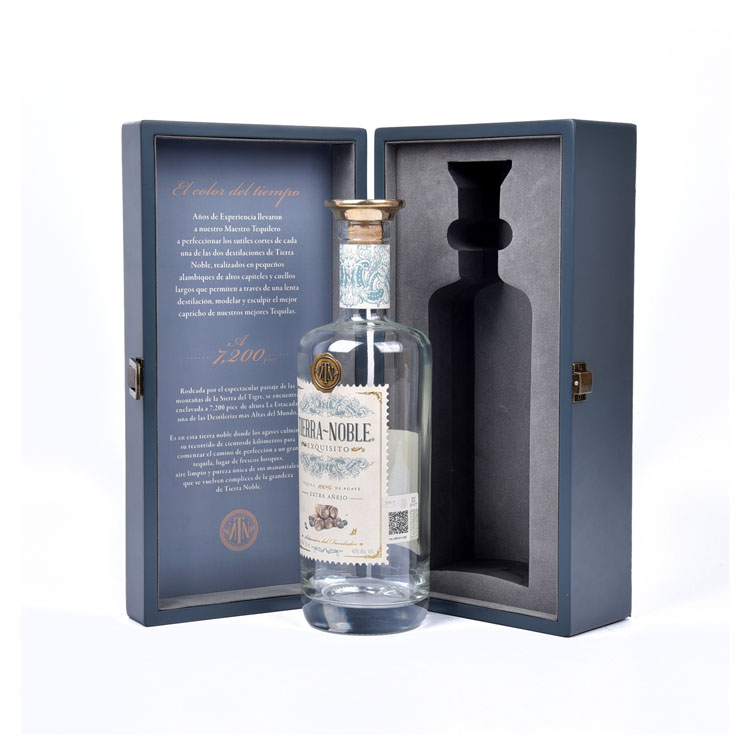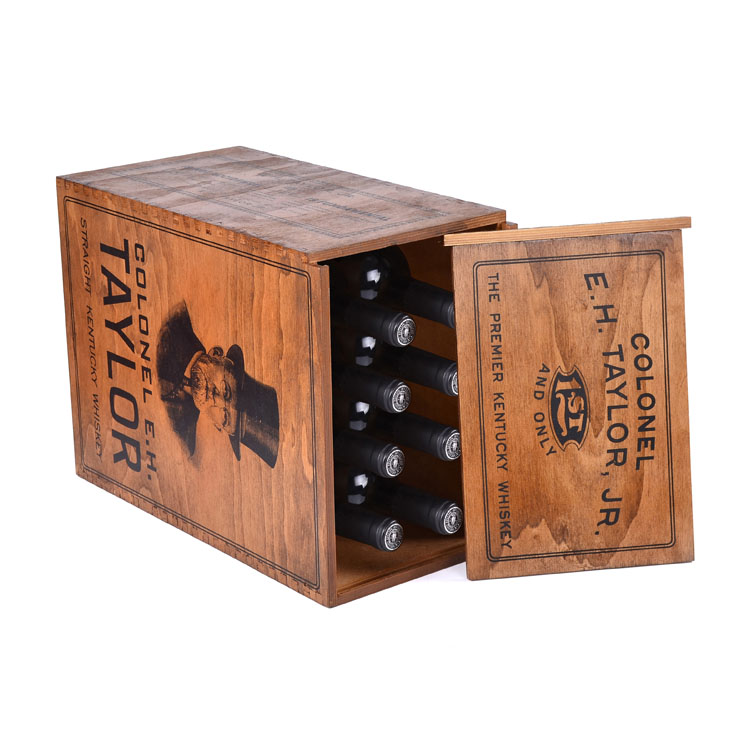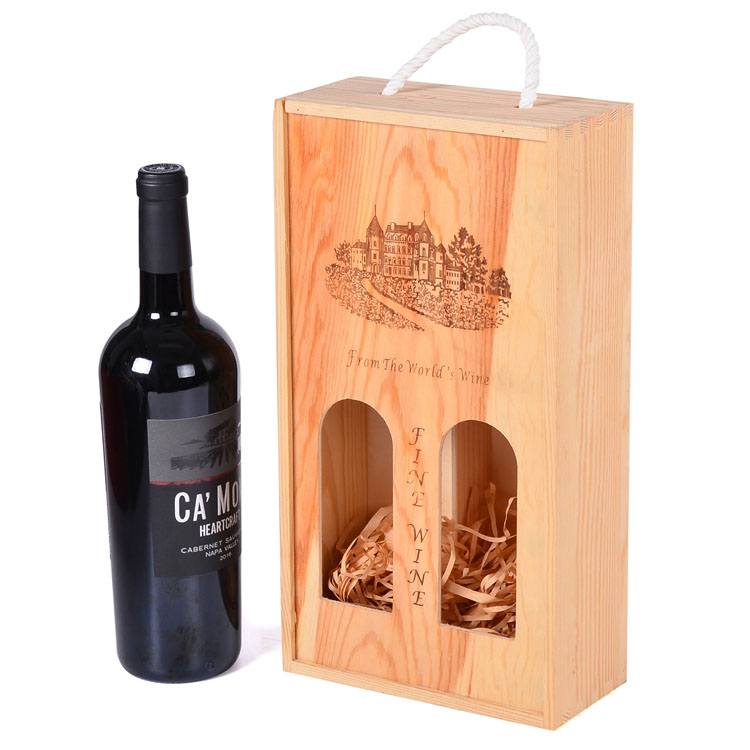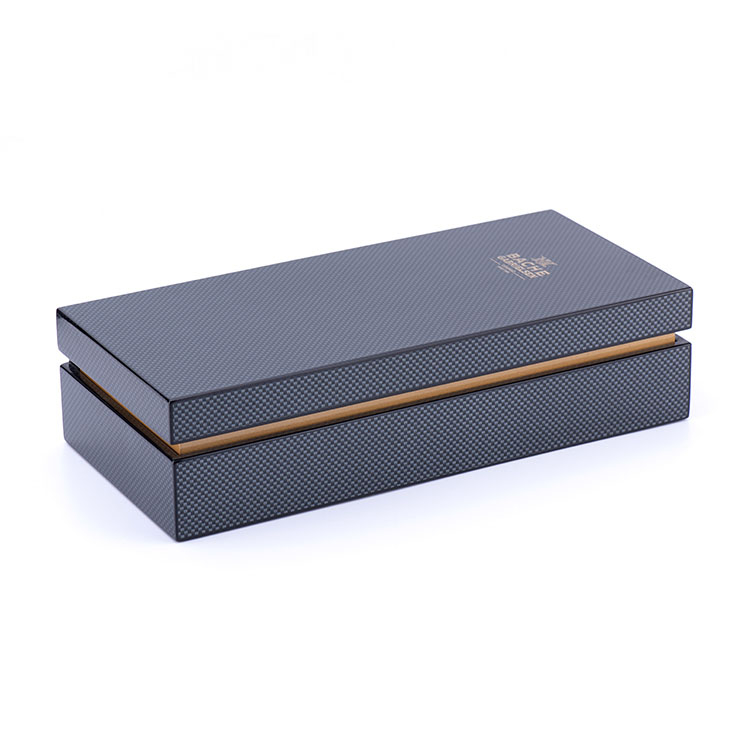- All
- Product Name
- Product Keyword
- Product Model
- Product Summary
- Product Description
- Multi Field Search
Author: Site Editor Publish Time: 2025-04-25 Origin: Site

Looking for the perfect wine packaging? It’s not just about keeping the bottle safe. The right box enhances your brand and attracts attention. But, with so many options, how do you choose the best one?
In this article, we’ll explore various materials, designs, and features of custom wine packaging boxes. You’ll learn how to choose the ideal box that fits your wine’s needs.
Custom wine boxes are essential in providing enhanced protection, presenting your wine beautifully, and offering a memorable unboxing experience. Whether you are shipping wine across the country or presenting it as a gift, the right packaging will help ensure your wine reaches its destination safely, while reflecting the premium quality of the wine inside.
The primary purpose of a wine packaging box is protection. Custom boxes are designed to safeguard bottles during transport, reducing the risk of breakage, leakage, and damage to the labels. With reinforced edges, padding, and customized sizes, custom wine boxes provide a secure fit, ensuring that your wine remains intact during its journey from the winery to your customer.
Not all wine bottles are created equal. Whether your bottles are standard 750 ml sizes or have unique shapes, custom wine packaging ensures a snug fit, preventing bottles from shifting inside the box. This reduces the risk of damage caused by bottles knocking against each other during transit.
One of the most compelling reasons to choose custom wine boxes is the opportunity to personalize your packaging. By incorporating your brand logo, colors, and design elements, you can increase brand recognition, convey professionalism, and enhance your marketing efforts. A well-designed custom box not only protects the wine but also elevates its perceived value and helps build customer loyalty.

Custom wine boxes come in various styles and sizes. Each type serves a unique purpose, depending on the number of bottles, the level of protection needed, and the branding goals. Let's take a closer look at the most popular types of custom wine boxes:
Single-bottle wine boxes are perfect for high-end or gift wines. These boxes often feature sturdy handles and padding to protect the bottle, and they are typically used for premium products or special occasion gifts. With these boxes, the focus is on elegance, providing a luxurious and secure container for just one bottle.
Multi-bottle crates are ideal for transporting multiple bottles at once. Whether you need to ship or store a set of wines, these boxes come in various sizes, from small three-bottle boxes to larger ones that hold up to 12 bottles or more. Multi-bottle boxes often include dividers to keep each bottle separate, reducing the chances of damage during transit.
Wooden boxes are an excellent option for those looking to add a premium feel to their wine packaging. They are often used for special releases or luxury wines and can be customized with engravings or intricate designs. Wooden boxes offer superior durability and insulation, ensuring that your wine remains at the ideal temperature during transport. Plus, they can be reused, providing long-lasting value for your customers.
Custom window boxes feature a cutout window that allows customers to see the wine bottle inside. This design is great for showcasing unique labels or special edition wines. It not only adds a touch of elegance but also makes it easier for customers to identify the wine without opening the box.
As sustainability becomes more important, many wineries are turning to eco-friendly wine packaging options. Recycled paper, cardboard, and compostable materials are popular choices for environmentally conscious consumers. Eco-friendly packaging can also improve your brand image by showing your commitment to sustainable practices.

The material you choose for your wine box can make a big difference in both its functionality and aesthetic appeal. Let's explore some of the most common materials used for wine packaging boxes:
Cardboard is the most widely used material for wine packaging due to its cost-effectiveness, versatility, and lightweight nature. It’s ideal for most wine packaging needs, from shipping bulk orders to packaging single bottles for retail display. Cardboard is customizable and can be printed with high-quality graphics, making it easy to add branding elements and designs.
Advantages:
Lightweight and affordable.
Easily customizable with logos, colors, and designs.
Provides adequate protection when used with padding.
Disadvantages:
Not as durable as wood for long-term storage.
May not offer the premium feel that high-end wines require.
Wood is a luxurious and durable material that adds a premium touch to wine packaging. Wooden wine boxes are commonly used for high-value wines, special editions, and gifts. Wood provides excellent protection and insulation, making it ideal for wines that need to be stored for extended periods or shipped long distances.
Advantages:
Strong and durable.
Adds elegance and value to the wine.
Suitable for luxury and gift wines.
Disadvantages:
More expensive than cardboard.
Heavier, which increases shipping costs.
Metal wine boxes, typically made of aluminum or tin, offer a modern and sleek look. These boxes are highly durable and provide excellent protection against damage. While less common than cardboard or wood, metal boxes can create a unique, upscale appearance for your wine.
Advantages:
Extremely durable and protective.
Adds a modern and elegant touch.
Ideal for high-end wines or unique packaging.
Disadvantages:
Higher production costs.
Less customizable than cardboard.
Recycled cardboard and biodegradable materials are becoming increasingly popular in the wine industry. These materials help reduce environmental impact and appeal to eco-conscious consumers. If your brand prioritizes sustainability, using eco-friendly packaging can help improve your brand image and attract more customers.
Advantages:
Reduces environmental impact.
Appeals to eco-conscious consumers.
Can be as durable as traditional materials.
Disadvantages:
May not offer the same level of protection as wood or metal.
Can be more expensive depending on the material.

When designing your custom wine box, there are several factors to consider. The design not only affects the box’s visual appeal but also plays a crucial role in functionality.
Your custom wine packaging box should reflect your brand’s identity. From colors and fonts to logos and imagery, the design should convey your brand’s message and personality. A well-designed box creates an emotional connection with your customers, reinforcing their decision to purchase your wine.
Customization is key when creating a unique wine box. You can add features such as embossed logos, foil stamping, or custom textures to make your packaging stand out. Consider adding a window or an innovative shape to further differentiate your packaging from competitors.
If sustainability is important to your brand, explore eco-friendly options such as recycled materials or biodegradable packaging. You can also offer customers the option to personalize their boxes with their names, creating a memorable and meaningful experience.
The functionality of the box is equally important. Make sure the box can securely hold your wine, preventing it from shifting or breaking during transport. You can add padding, dividers, or inserts for extra protection.

Choose Your Design: Create your own design or hire a designer to help.
Pick the Right Material: Consider cardboard, wood, or eco-friendly options based on your needs and budget.
Determine the Size: Choose the size of the box based on the number of bottles and their size.
Select a Printer or Manufacturer: Find a reliable printer with experience in custom wine packaging.
Submit Your Design File: Provide the design and dimensions to the printer for approval.
Quality Control: Ensure the final product meets your standards before proceeding with production.
Choosing the right custom wine packaging box is a balance between protection, design, and branding. Whether you choose cardboard, wood, or eco-friendly materials, the right choice can elevate your wine brand. We offer a wide range of customizable options for every need. Visit us today to discover how our custom wine boxes can help enhance your product’s appeal.
Q: What is a custom wine packaging box?
A: A custom wine packaging box is a personalized container designed to protect and showcase wine bottles during transport or display.
Q: What materials are commonly used for wine packaging boxes?
A: The most common materials include cardboard, wood, and eco-friendly options like recycled paper or biodegradable materials.
Q: How do I choose the right size for a custom wine box?
A: The box size depends on the bottle's size and the number of bottles you need to pack. Be sure to choose a snug fit to avoid movement.
Q: Can I customize the design of my wine packaging box?
A: Yes, you can customize the design with your logo, colors, and artwork to enhance branding and make your wine stand out.
Q: Why is eco-friendly packaging important for wine?
A: Eco-friendly packaging appeals to environmentally conscious consumers and enhances your brand’s reputation for sustainability.
